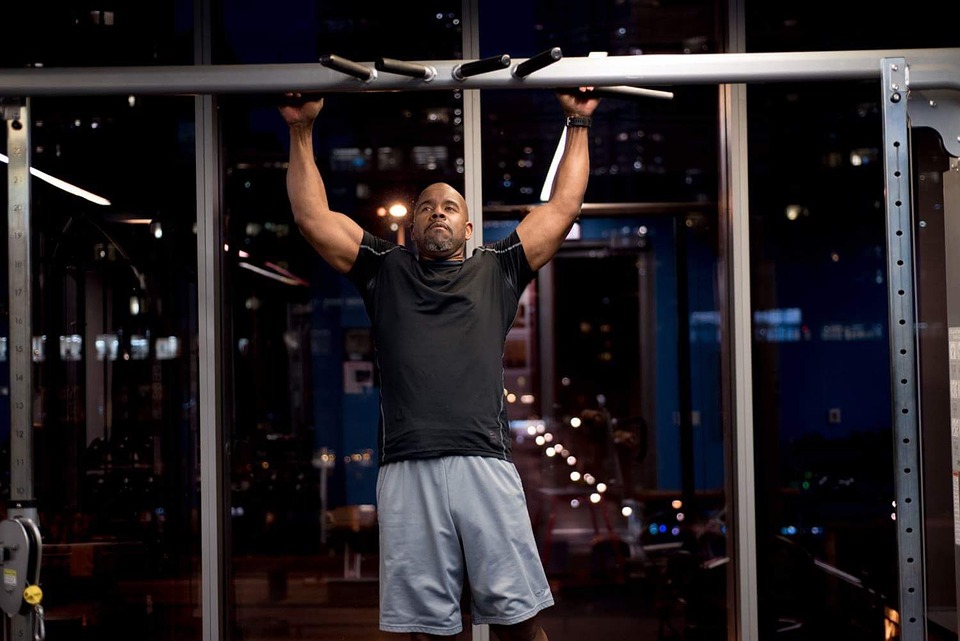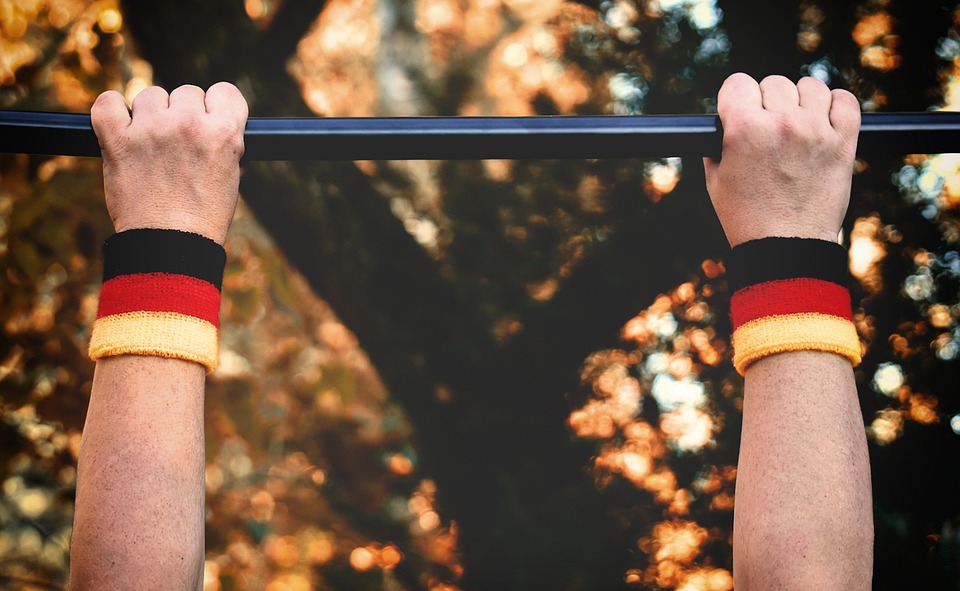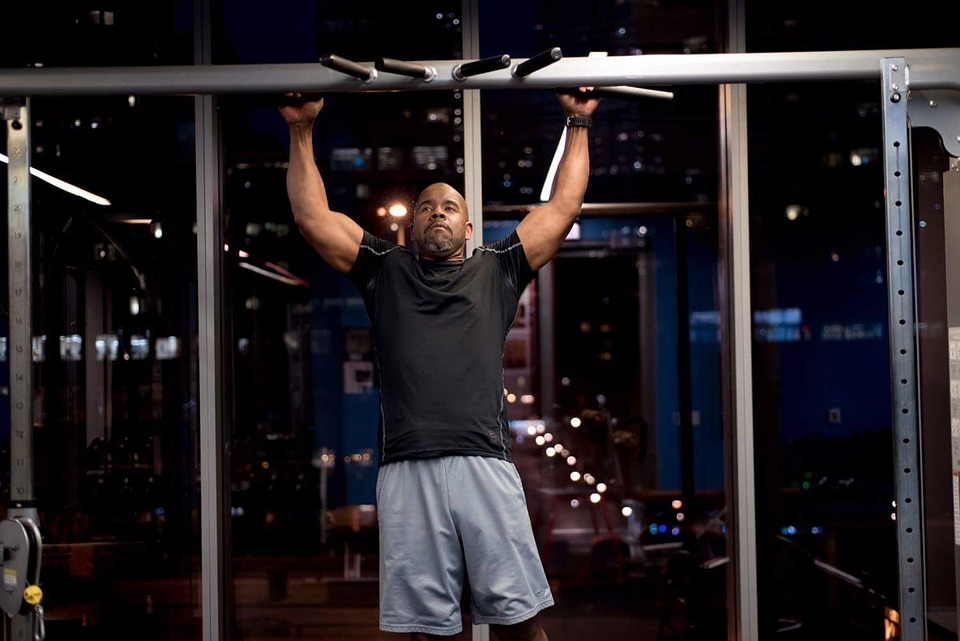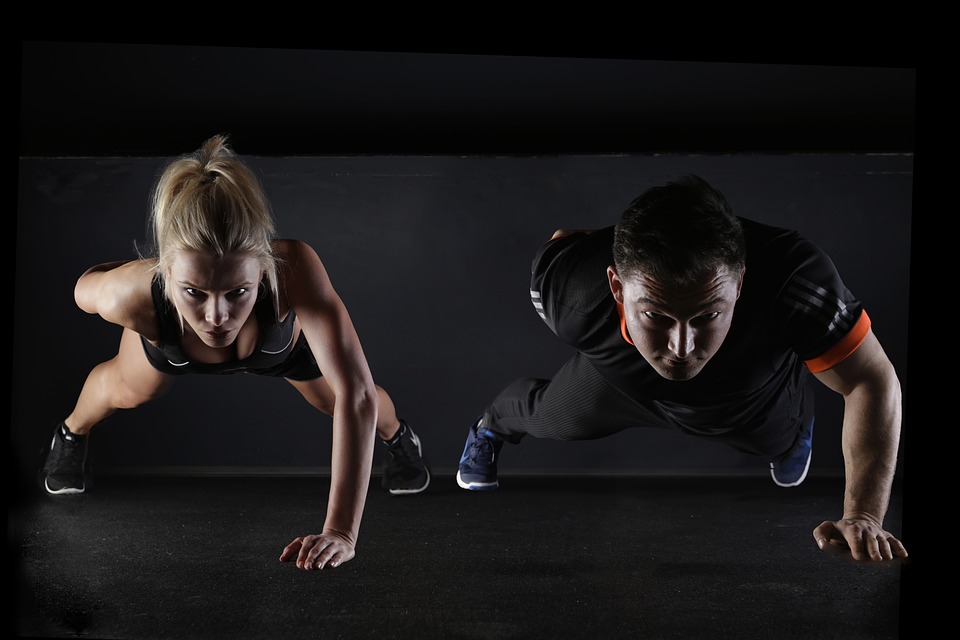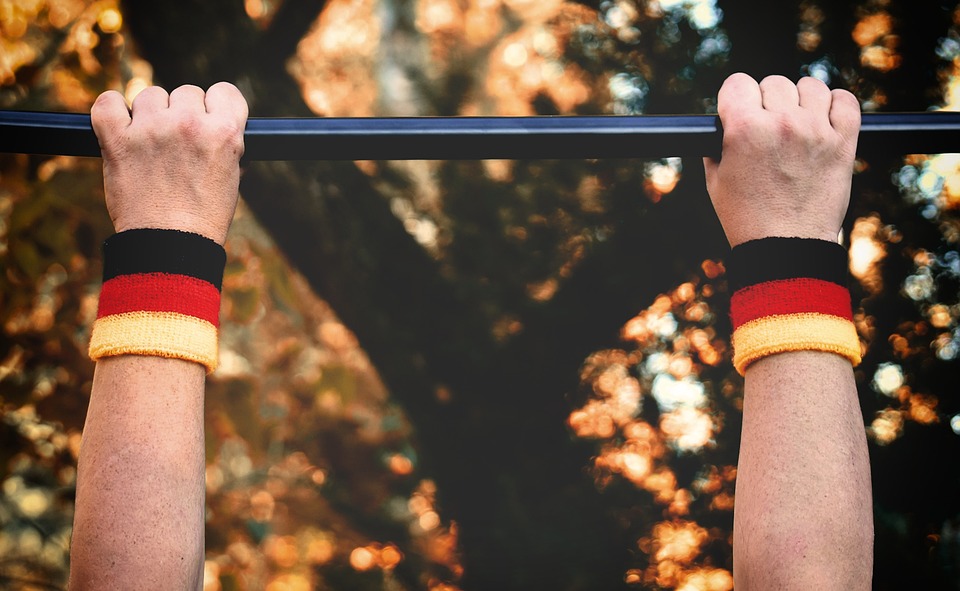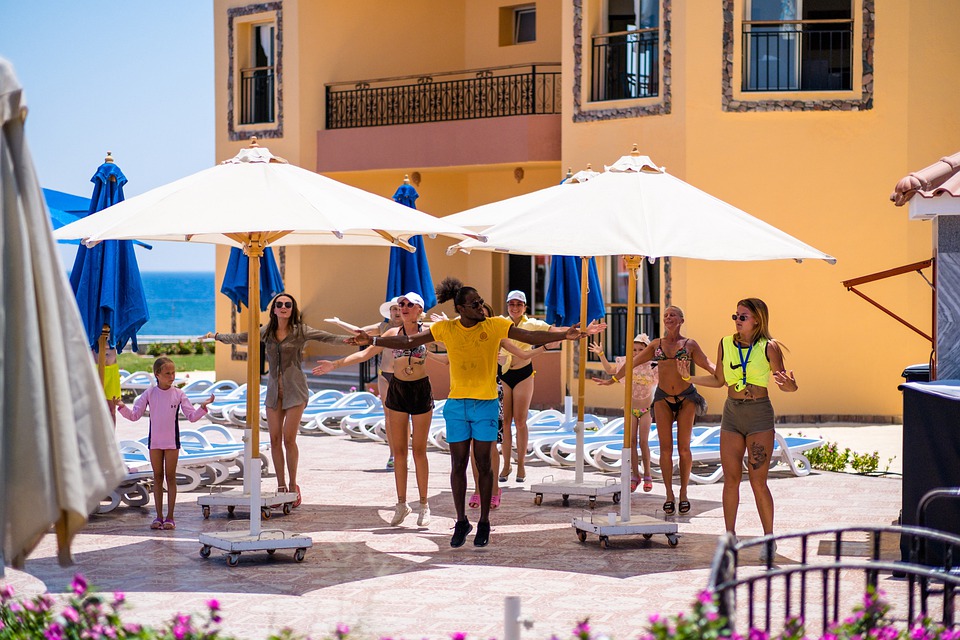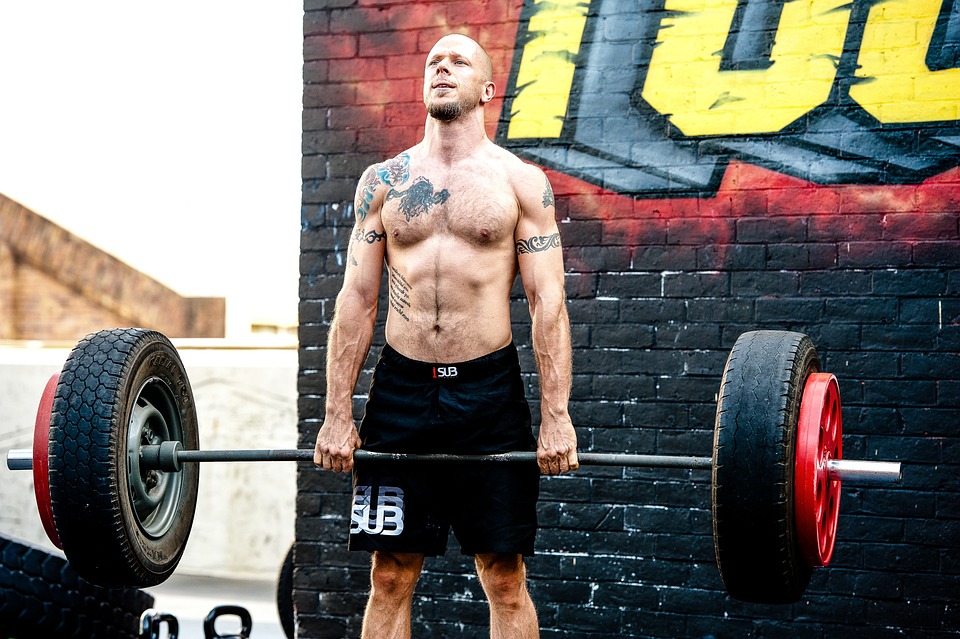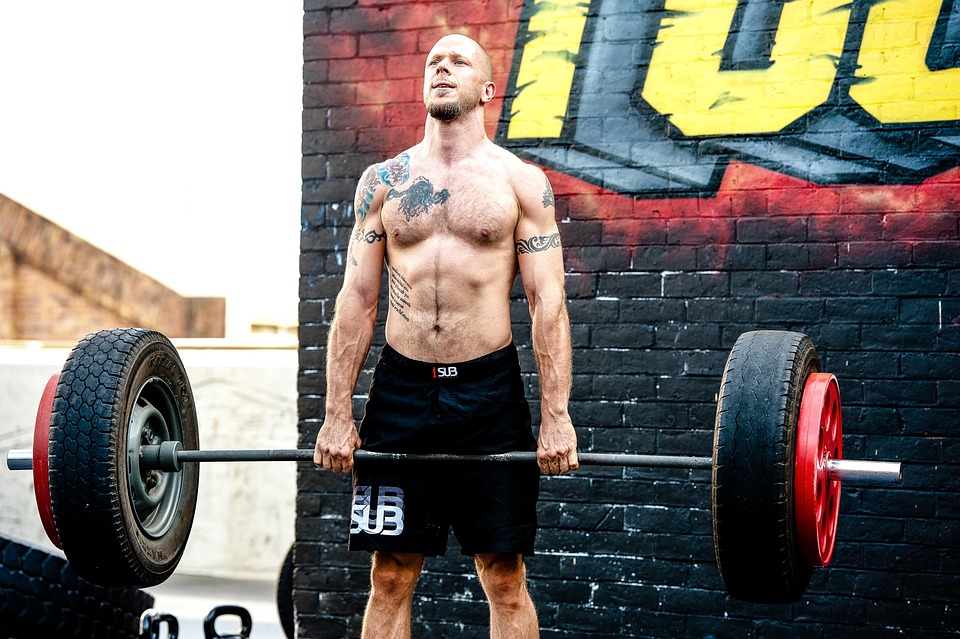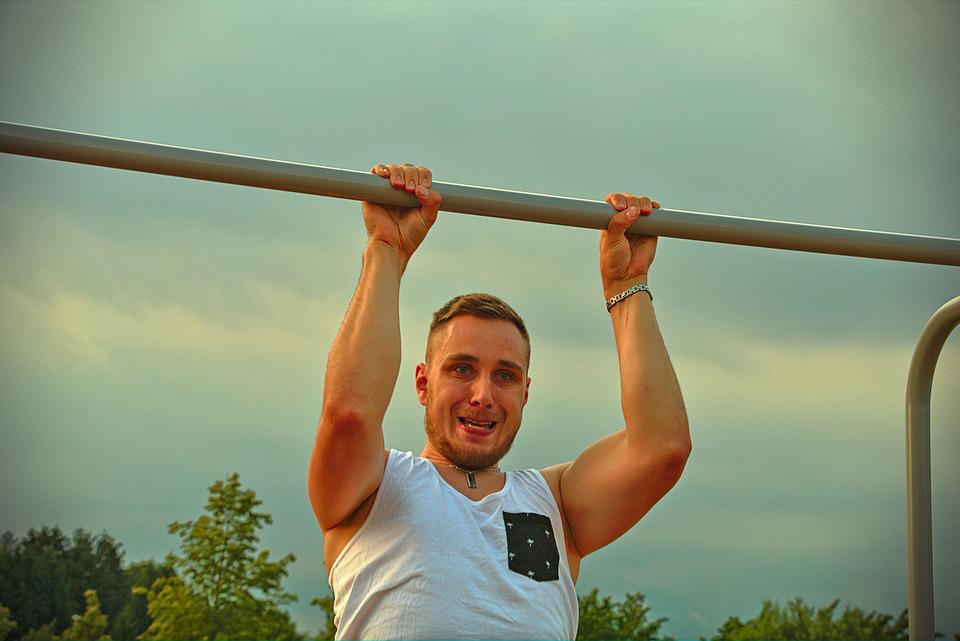
Advantages Of Pull Ups And Dips Only – Why You Should Do Them.
” Some people might say that pull-ups and dips are the upper-body version of squats and deadlifts.
The reason for this is that pull-ups and dips require your entire body to move through space using only your hands, while squats and deadlifts require your legs to do the same.
There are four main movement patterns that can help you build a strong body: pull-ups, dips, squats, and deadlifts.
Pull-ups and dips move the entire body through space.
The muscles used for stability during pull-ups and dips are located throughout the upper body and core.
This results in a stronger kinetic chain as the body stabilizes itself through these movements.
Did you know that pull-ups can actually help to tone your abs? It’s true! In fact, pull-ups can build the abdominal muscles just as well as regular ab exercises, but more on that later.
Pull-ups and dips build real-world strength and have a direct carryover to real-life events.
There are some movements that are essential for people such as rock climbers, martial artists, athletes, and those in the military, and pull-ups and dips are two of them.
Both of these exercises promote functional movement that can help you get around in the real world.
Climbing walls, rocks, trees, and fences uses muscles and movement patterns that are similar to pull-ups and dips.
Weighted pull-ups and dips build significant size and strength.
Weight can increase the difficulty of pull-ups and dips, making them more effective at building muscle size and strength.
Adding weight to the exercises makes the progression simple and objective, and provides infinite progression.
So doing weighted pull-ups and dips can help you achieve one-arm pull-ups more easily.
Pull-ups and dips can be done on one piece of equipment – Gymnastics Rings.
Gymnasts are skilled at moving around their environment using only their upper body strength.
To build their phenomenal physiques, they incorporate pull-ups and dips on gymnastics rings.
If you want an impressive upper body, you only need a pair of gymnastics rings.
Gymnastic rings can help you get a great workout with a minimalist push-pull training style.
There are several different grip variations that can be used when performing pull-ups on gymnastic rings, which can also be used for dips. Gymnastics rings can be extremely helpful when performing dips.
Although some gyms don’t have dipping bars, you can still train dips using gymnastics rings.
The main problem with dipping bars is that they don’t have standard dimensions, which can make them uncomfortable or even dangerous, depending on the distance between them and your shoulder width.
Gymnastics rings are adjustable, so you can keep them as close to your body as necessary by placing them directly under your shoulders.
Gymnastics rings can be adjusted to different heights, which allows you to do exercises like pull-ups and dips without having to worry about stopping suddenly and injuring yourself.
If dips are too difficult to do with proper form, the bottom part of the movement can be hard to control, which can be dangerous for the shoulder joint.
Dips on gymnastic rings with your feet able to reach the ground are safer and minimize the risk of injury.
If you fail, put your feet on the ground to take the load off your shoulders and onto your legs.
Pull-ups and dips build exceptional grip strength.
The dead hang, active hang, and kipping pull-up are three common techniques to develop strength in your fingers, hands, and forearms. The pull-up can provide benefits to various grip strengths. The dead hang, active hang, and kipping pull-up are three common techniques that can help build strength in your fingers, hands, and forearms.
One of the best ways to build grip strength is to do a dead hang – hanging on rings or bars for as long as you can. Hanging this way is also great for the shoulders and decompresses the spine.
Hanging on bars, rings, or even towels/cloth can help improve grip strength, which is important for martial arts like Judo and Brazilian Jiu-Jitsu.
The pull-up can also be trained with fat grips to add grip and forearm work.
Pull-ups not only strengthen your back muscles, but also your forearm muscles, since they target the brachialis and brachioradialis.
Dips performed on gymnastic rings use the wrist as a stabilizer.
Pull-ups and dips can be done as a superset, thereby saving time.
A superset involving pull-ups and dips can be a time-saving way to work out. A superset is a set of two different exercises that work opposing muscle groups, done one after the other.
Since pull-ups are mostly a movement that uses the upper body to pull and dips are mostly a movement that uses the upper body to push, there is almost no overlap between the muscles being worked. This means that you can finish your pull-ups and immediately move on to dips without having to worry about the muscles used in dips being fatigued.
Doing two sets of pushing and pulling exercises back-to-back reduces the amount of time spent between sets, which in turn reduces the overall time spent working out.
Pull-ups and dips work the majority of the muscle groups in the upper body.
Basically, this means that if you do pull-ups and dips, you will work almost all of the muscles in your upper body. However, there may be some areas that need more attention, like the sides of your shoulders and your upper back.
The above complaints are insignificant when compared to the overall development of one’s physique, given the amount of time spent in the gym.
The muscles worked by pull-ups include the traps, rhomboids, lats, abs, biceps, rear delts, brachialis, and brachioradialis, while the muscles worked by dips include the triceps, front delts, and chest.
An exhausting routine of weighted pull-ups and dips can be completed in 20-30 minutes.
If you’re a beginner or intermediate, you can see significant gains in your upper body strength by only investing 1.5 hours per week!
Pull-ups and dips are excellent core exercises.
The pull up and dips work the abdominal muscles very well.
When performing the chin-up with a hollow body hold, it is especially important to keep your body in a hollow position.
To be clear, pull-ups and chin-ups engage the core muscles just as much as any exercise that targets the abs directly.
This means that you don’t need to train your abs directly, or at least reduces the amount of training you need to do to stimulate growth in your abdominal muscles.
This exercise recruits the abdominal muscles just as well when done with a posterior pelvic tilt and with a lot of weight.
The exercises that work the muscles used in pull-ups and dips will also help to build a strong and well-developed core.
You don’t need to do any more exercises for your abs, so you can spend less time working out.
Using pull-ups and dips only is a minimalist way to work out.
Minimalists are specialists.
Doing a routine with only pull-ups and dips allows you to become specialized in those two exercises.
Focusing on one particular exercise routine will help you develop elite levels of muscle and strength, especially if you’re just starting out.
If you focus on key movements as a novice, you will be much stronger than those who are distracted by many different exercises.
Upper Body Strength Training Plan for Perfect Pull-ups
Inexperienced exercisers should perform all 9 of the following exercises in a single strength training session, advises certified trainer Mark Ribeiro. Those with some experience can mix and match the moves, like the hollow and hanging hold on one day, and the bent-over row and hinged row the next day. men and women should devote at least two days a week to strength training, eventually progressing to three days, says Ribeiro. For each exercise, perform two to three sets AMRAP style, until your form starts to break.
Hollow Hold
This is the position you should practice to do a proper pull-up. By doing this, you engage both your core and back. If you don’t do this, you may make the mistake of pushing your hips forward when hanging.
Lay on the floor on your back with your arms extended by your ears. Bring both legs and both arms up off the ground at the same time to assume a hollow position.
Hanging Hold
The purpose of this pose is to help you better control your descent and increase your grip strength. This part of the pull-up movement is all about making a controlled descent.
To dead hang, grip a bar and let your body dangle. Relax your shoulders and let your lats hang down. Slowly pull your shoulders down and back, and squeeze your lats into a reverse shrug.
Bent-Over Row
Here, you will use your lats and biceps to provide you with a full range of motion on the pull.
To complete a lunge, step forward with your left foot and place your right foot behind you. With a dumbbell in your right hand, rest your left elbow on your left knee and bend your elbow to a 90-degree angle. Keep your core tight throughout the movement to stay stable.
Hinged Row
A move that is similar to a bent-over row, but requires you to use two hands simultaneously, which is more accurate to a pull-up.
To perform this exercise, hold a dumbbell in each hand. Bend your knees slightly and keep your back straight as you lean over. Pull the dumbbells up to your chest, then slowly lower them back down.
Deep Low Row
The following text is about how to improve grip strength by using body weight for resistance. Ribeiro uses TRX straps, but if you can’t get a hold of a pair, you can use a bar on a squat rack.
To do this exercise, hold two TRX handles with your palms facing in, or hold a bar with both hands. Lean back and walk your feet forward so that your body is at a 45-degree angle from the floor. Engage your core to stabilize your spine and pull your chest into your hands.
Bridged Row
Pulling your body towards your hands using your biceps and lats is the next step to getting used to using your full body weight. If necessary, use a squat rack bar. Make sure to keep your back straight for the best results.
1. Sit under the handles and grab them. 2. Walk your feet onto the block. 3. With arms in front of your chest, pull your body up to your hands.
Lat Pull Down
The movement of this exercise is similar to a pull-up. Your back muscles will be engaged throughout the exercise. Be sure to keep your core muscles tight to avoid arching your back.
Wrap a resistance band around a bar that is overhead. Hold each side of the band with one hand and sit on the floor. Pull your hands down towards your chest and then release the band slowly so that your hands go back up overhead. Repeat this process a high number of times (more than 15) to work your full range of motion.
Assisted Pull-Up
Put a band around an elevated bar or use a machine designed for pull-ups.
To perform this exercise, hold onto the bar in the hollow position you practiced earlier, and pull yourself up until your chin is level with the bar. Keep your legs together and engage your core to prevent arching your back. Remember to focus on quality over quantity – try sets of 10 reps.
Negatives
Thismove focus on the bottom portion of a pull-up and engages your back using your full body weight. If you can’t hold it at the top yet, that’s ok! It means you need more practice with the other exercises in this routine.
If you want to get up to an overhead bar, start by standing at the top with your chin to the bar. Hold for a second, and then lower yourself down slowly and under control. These exercises are meant to be tough, so try to do three to five reps at a time.
The BEST Calisthenics Exercises To Add To Your Pull Ups And Dips Routine
About 90% of the muscles in your upper body are worked when you do pull-ups and dips, however some muscles are stimulated less than others. If you only do pull-ups and dips, you are ignoring key movement patterns. To make your upper body routine stronger, add handstand push-ups and bodyweight rows.
I really like doing bodyweight skull crushers as a tricep exercise because I’ve had a lot of success with them in terms of building muscle.
I would like to end by warning you not to get married to exercising. While reducing potential injury is key to long-term gains, injuries are inevitable.
If you can’t do any of these movements because you’re injured, you can use barbells or machine alternatives for a while so your training can keep progressing.
Conclusion
Pull-ups and dips are a great way to build muscle and strength, but if you do them too often, they can cause injuries.
Working on your shoulder mobility and strengthening the external rotators of your shoulder will improve your joint health. However, to maximize muscle growth, it is beneficial to add a few more exercises to your upper body routine.
These exercises are great for working your upper body.

